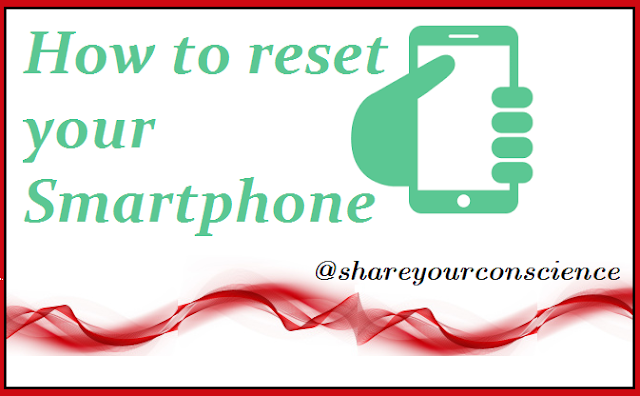
Soft Reset
Factory Reset means to take the phone back in the same position as he had time to retrieve it from the packet.Everything will be deleted, If the data on the phone, is not saved so be sure to save them first. If all data is saved then a soft reset is easy.
Your screen shows a warning message that your data will be erased. Once you fill in your consent, then the phone will run the factory reset mode.
Hard Reset
If you forget the password for the phone then a hard reset is an option.The first switch off the phone. Then keep pressing the Home, the volume, and Power buttons together. Android robot will come up on your screen after a few seconds.
After a while, the phone will be able to use the boot menu. With it, you can reset the phone factory.
As it will erase all of your data once you choose reset factory.
How to reset your smartphone:
- Click the Menu button and tap Settings.
- Tap Privacy and, in the Personal data section, select Factory data reset.
- Tap Reset Phone and then Erase everything to confirm.
- The smartphone will shut down and reboot, restoring factory default settings.



0 comments:
Post a Comment